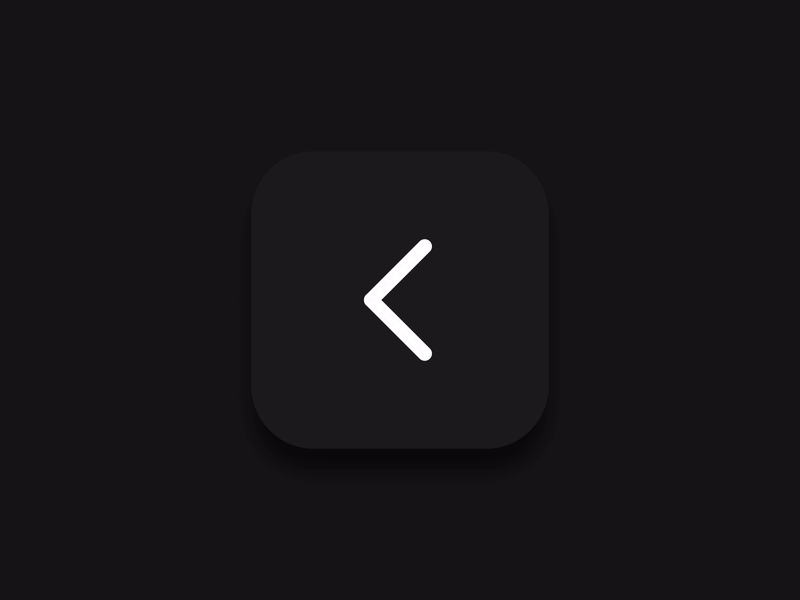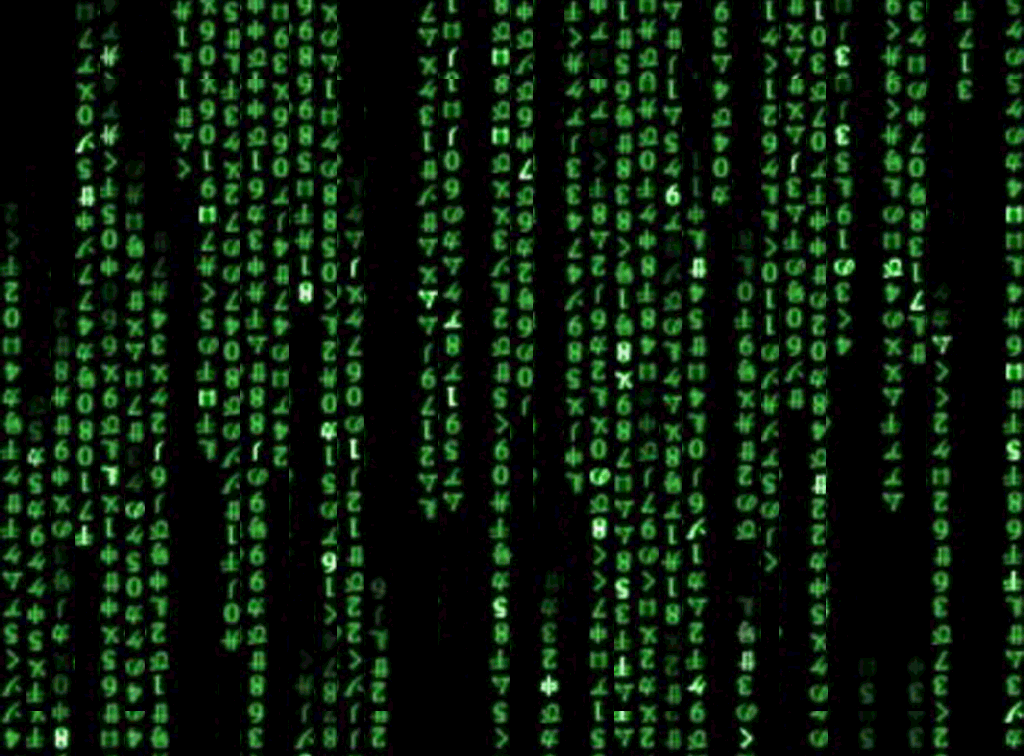

"A vaincre sans peril, on triomphe sans gloire."- Pierre Corneille.
{{ date }}
{{ time }}
Because Time matters
(whereas sense does not)



"A vaincre sans peril, on triomphe sans gloire."- Pierre Corneille.
{{ date }}
{{ time }}
Because Time matters
(whereas sense does not)


Art and web development: a new range of possibilities
Contemporary web development is based on the presentation of textual content through the creation of interactive graphic structures (images, videos, animations)
realised with mark-up (html and css) and rendered interactive through javascript, which looms as the new frontier of web programming, at least as regards
front end web design, and as is witnessed by the multiplication of frameworks (Vue, React, Angular to name but a few) based on this complex and fascinating language. In fact, it is well known, at least among those who deal with web development at a professional level, that the bulk of medium-sized sites (i.e. not projects for large
companies that require teams of specialists) is based on the distinction between the front-end side, i.e. the part used by the user on the PC screen (the part that can be seen), and the back-end side, the part on the back, which concerns interaction with databases or data archives, usually managed with PHP and SQL. The combination of these two technical aspects (called the full stack) thus makes it possible to create professional websites that are both beautiful (front end) and functional (back end) for the implementation of data exchange on the web. It is therefore necessary to make it clear that those who turn to a specialist or a web agency to create a site for themselves or for their activity or company must at least be aware of these technical aspects in order to be able to correctly assess the desired end result; that is, to decide whether to
opt for a site that is bare and based on textual content, or one that is more centred on the graphic and visual aspect; and this depends on the purpose to be pursued, i.e. to promote an artistic, cultural or commercial activity, or to convey messages and content of various kinds. It is therefore necessary to establish with certainty in advance what the purposes to be achieved are, so as to foresee in advance the instruments through which the initial project is to be realised and implemented. ‘Writing' a website is not difficult, it can even be done with a text editor and a browser, but creating a professional website, even from the point of view of the initial economic investment, requires the use of professional tools and platforms such as those indicated above, which make it possible to consider modern web design both as a technical-professional activity and as an artistic-craft activity. In web design, therefore, two aspects converge: the strictly computer-based one, linked to programming languages (javascript, php, sql), and a purely artistic aspect that is also functional to the correct conveyance of the message or cultural content.

